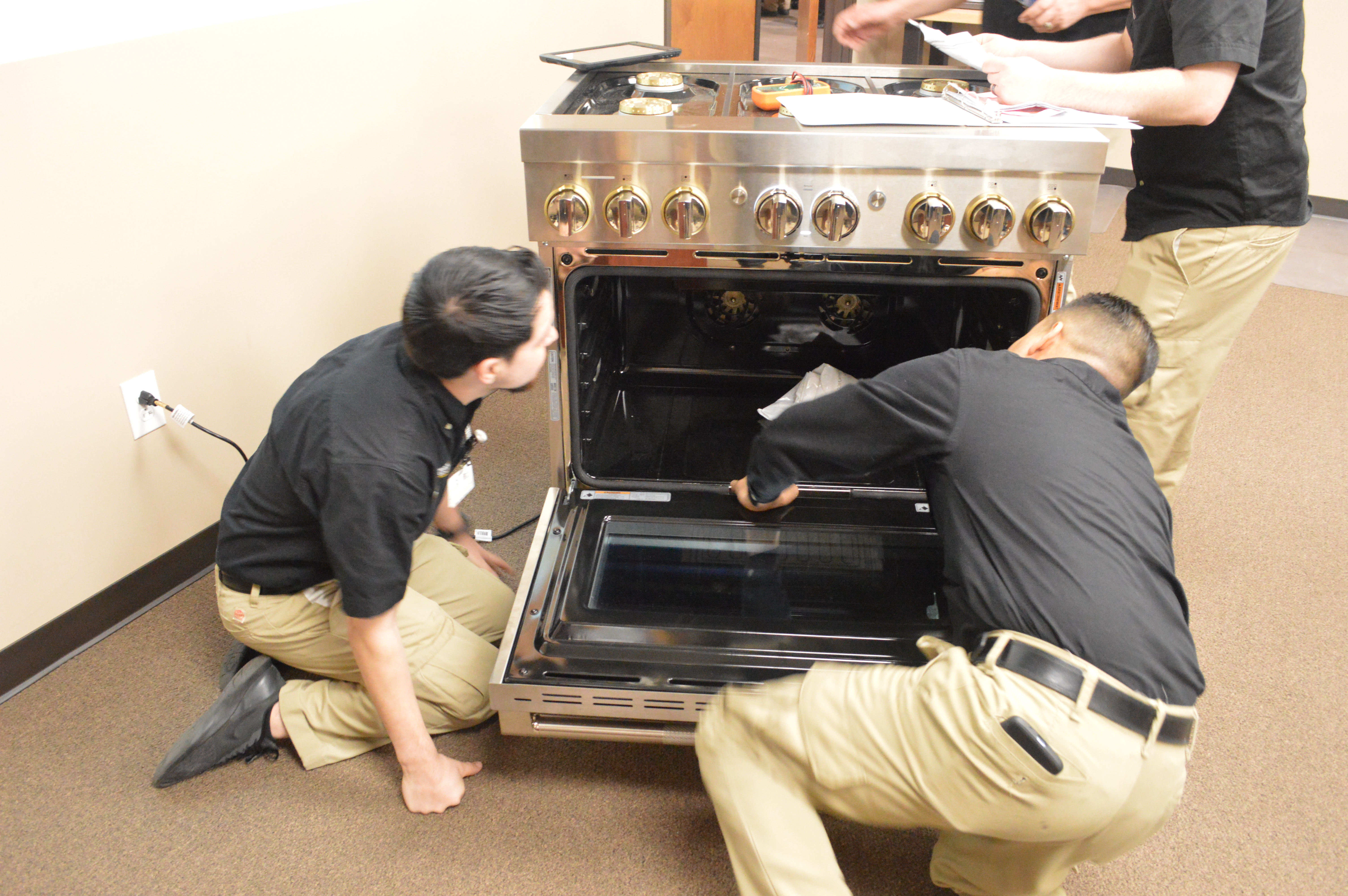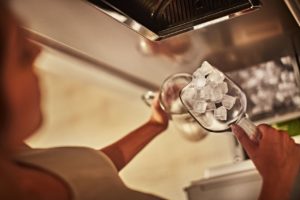The heating elements of your kitchen are arguably the most important piece of your cooking area. As silly as it sounds, without them your kitchen would really just be a room of countertops surrounding a fridge.
Extreme heat and heavy use really wear on the heating elements, so knowing how to avoid hard use, or check for potential damage is key to saving you money.
Here are a few ways that you can keep your kitchen running smoothly, and avoid the need of a repairman.
- Keeping your oven clean will actually help it to run more efficiently. A clean oven will last longer, and heat food much more evenly, leaving you with dollars in your pocket and more delicious food. If you plan on running a self-cleaning cycle, be sure to do it a few weeks before a big cooking event, as the high temperatures (upwards of 1000℉) will test the durability of the electrical components, cluing you into a potential problem.
- Just like a car, the more you turn heating elements on and off again, the more wear and tear it experiences. If you foresee yourself doing a great deal of baking, try and do it ahead of time all at once, or in large quantities. Using your oven, stove, or range once for 4 hours is less damaging than using it for 1 hour 4 times.
- Take a look at the closed oven door. If you can see any gaps between the main oven and the door seal, there may be a break. If a seal break exists, the oven will continuously lose heat, causing it to work less efficiently and cook food unevenly. You’ll end up spending quite a bit of hard earned money, and spend time eating less than perfect meals.
- If there is any moisture appearing on the outside of the oven door, it usually means there is a faulty door gasket. Your cooking temperatures will be far less than accurate, and your food will never cook properly. Continued use can result is severe damage, so fixing it as soon as possible is advised.
- The easiest way to test whether or not your heating element is accurate to the temperature gauge is to pick the most basic cooking mix and follow it as closely as possible. Something more simple than anything you’ve cooked recently. If the cake comes out doughy, or overcooked, your temperature gauge is probably faulty. It’s an easy fix, and will drastically improve the taste of your food. And in the event that your temperature gauge is accurate, you can celebrate with the cake you just baked!




